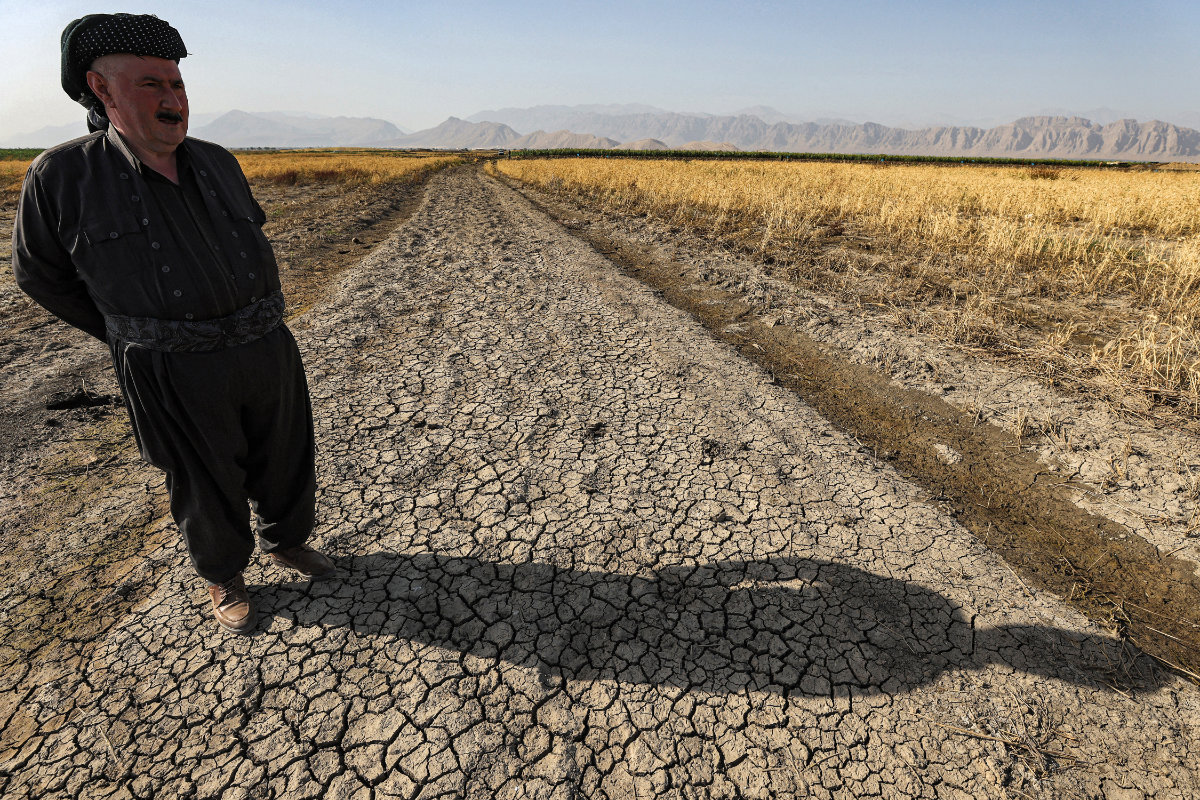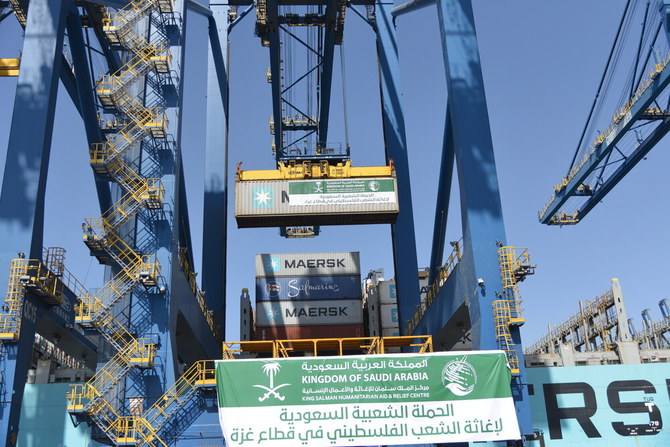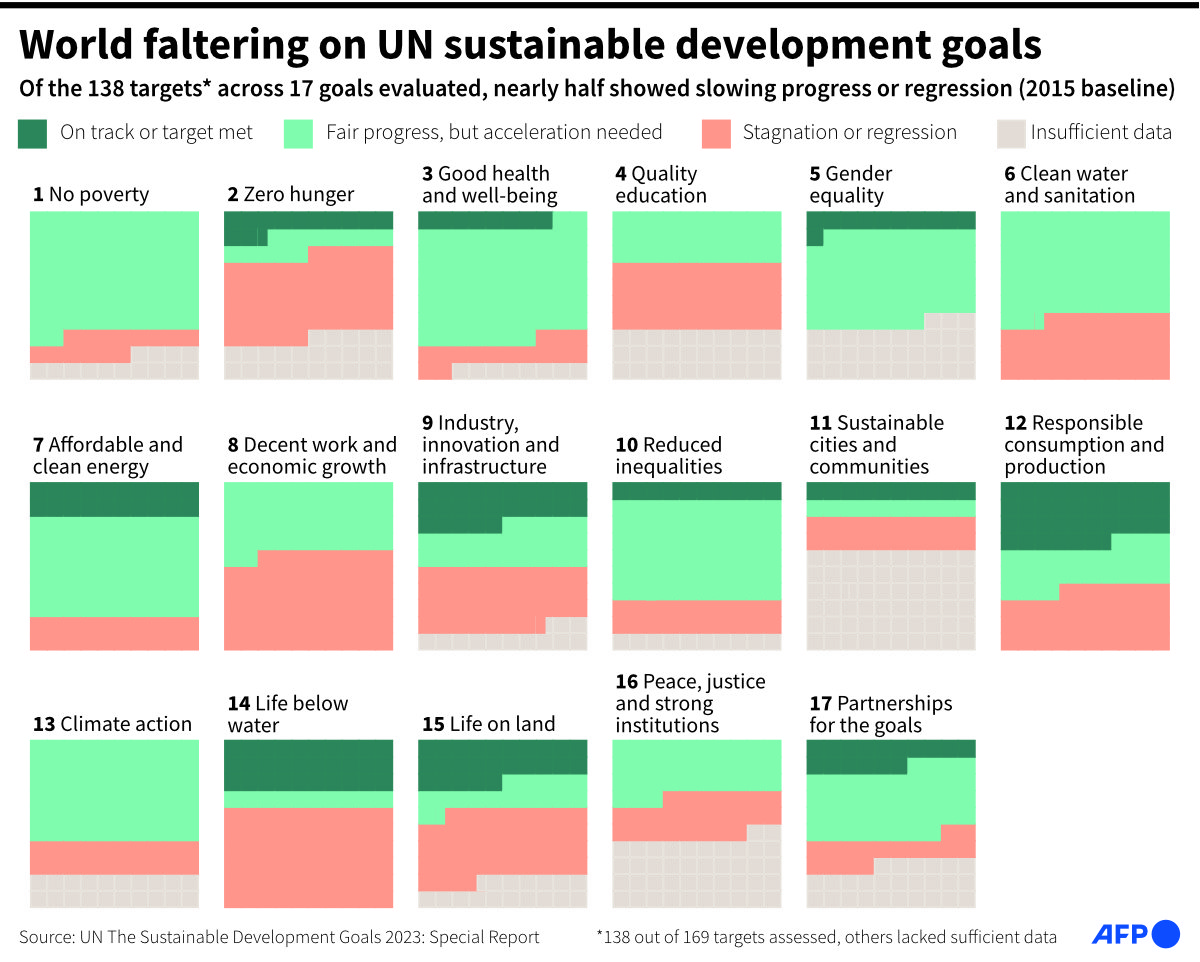GAZA/WASHINGTON: US Secretary of State Antony Blinken, in his strongest public criticism of Israel’s conduct of the war on Hamas in south Gaza, said there was a gap between the government’s declared intentions to protect civilians and the casualties.
“As we stand here almost a week into this campaign into the south... it remains imperative that Israel put a premium on civilian protection,” Blinken told a press conference after meeting British Foreign Secretary David Cameron in Washington on Thursday.
“And there does remain a gap between... the intent to protect civilians and the actual results that we’re seeing on the ground.”
Israel says it must wipe out the Hamas militant group after its attack on Israel two months ago and is doing everything possible to get civilians out of harm’s way, including warnings about military operations.
US President Joe Biden spoke separately by phone with Israeli Prime Minister Benjamin Netanyahu and Jordan’s King Abdullah on Thursday. Biden “emphasized the critical need to protect civilians and to separate the civilian population from Hamas including through corridors that allow people to move safely from defined areas of hostilities,” the White House said.
More than 17,170 Palestinians have been killed and 46,000 wounded, according to the Gaza health ministry, since Oct. 7, when Israel began bombarding Gaza in response to a cross-border rampage by Iran-backed Hamas militants, who control the enclave. The Hamas attack killed 1,200 people, with 240 people taken hostage, according to Israel’s tally.
The Israeli military on Friday said 92 of its soldiers had been killed in Gaza fighting since its ground incursions began on Oct. 20.
CEASEFIRE DEMAND AT UN AS GAZA FIGHTING RAGES
Hundreds more Palestinians were killed as Israel fought Hamas militants in the Gaza Strip’s biggest cities on Thursday — 350 people, according to Gaza health ministry spokesperson Ashraf Al-Qidra. Israel said its forces killed a number of gunmen in Khan Younis, including two who emerged firing from a tunnel.
Arab states have renewed their push for an immediate humanitarian cease-fire in Gaza, with United Arab Emirates asking the UN Security Council to vote on Friday morning on a draft resolution.
The United States and ally Israel oppose a cease-fire, saying it would only benefit Hamas. Blinken is due to meet top diplomats from Arab states, including Egypt, on Friday in Washington.
The draft was amended to say both “the Palestinian and Israeli civilian populations must be protected in accordance with international humanitarian law” and to “demand the immediate and unconditional release of all hostages.”
A resolution needs at least nine votes in favor and no vetoes by the five permanent members — the United States, Russia, China, France or Britain — to be adopted. The US does not support any further action by the council at this time.
As pressure mounts on Israel over the civilian toll of its war to destroy Hamas, the Palestinian Authority is working with US officials on a plan to run Gaza after the war is over, Bloomberg News reported.
Citing Palestinian Prime Minister Mohammad Shtayyeh, it said the preferred outcome would be for Hamas to become a junior partner under the Palestinian Liberation Organization (PLO), helping to build a new independent state that includes the West Bank, Gaza and East Jerusalem.
“If they (Hamas) are ready to come to an agreement and accept the political platform of the PLO, then there will be room for talk. Palestinians should not be divided,” Shtayyeh said, adding that Israel’s aim to fully defeat Hamas is unrealistic.
KEREM SHALOM BORDER CROSSING TO OPEN
In a development that should help smooth the way for more humanitarian aid to reach Gaza, Israel agreed to a US request to open the Kerem Shalom border crossing for the inspection of trucks and their cargo, a US official said on Thursday.
Egypt, along with the United Nations, has been lobbying Israel to speed up an inspection process, which requires the vehicles to drive to Egypt’s border with Israel before looping back to Rafah. The number of trucks crossing daily has dropped to fewer than 100, from nearly 200 during a Nov. 24-Dec. 1 truce, according to the United Nations.
Kerem Shalom sits at Gaza’s southern border with Israel and Egypt and the crossing was used to carry more than 60 percent of the truckloads going into Gaza before war erupted two months ago.
With no end in sight to the fighting, a top White House national security aide, Jon Finer, said the United States had not given Israel a firm deadline to end major combat operations against Hamas in the Gaza Strip.
There are many “legitimate military targets” remaining in south Gaza, including “much if not most” of the Hamas leadership, Finer said at the Aspen Security Forum in Washington.
Meanwhile, hostages still held by Hamas have been kept incommunicado in Gaza despite Israel’s calls on the Red Cross to arrange visits and verify their wellbeing.
Marking two months since Hamas’ attack, the start of the Jewish festival of Hanukkah was a solemn moment for many in Israel.
Idit Ohel, whose son Alon, 22, was kidnapped by Hamas gunmen from an outdoor music festival where 364 people were killed, said she was hoping for a miracle.
“He doesn’t know it’s Hanukkah. I don’t think he knows the days, what’s day, what’s night,” said Ohel. “But he’s in our hearts all the time.”
































